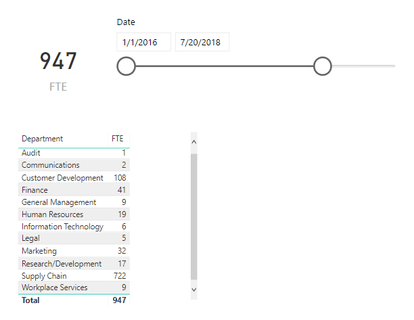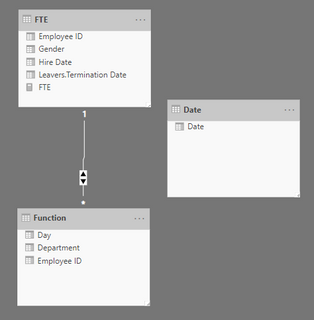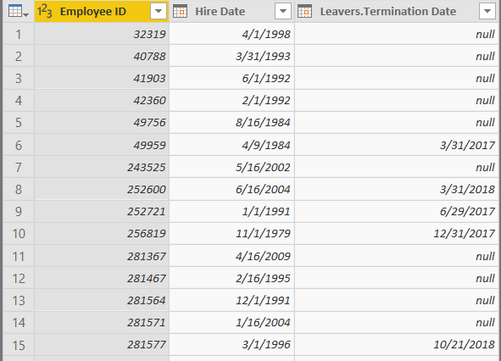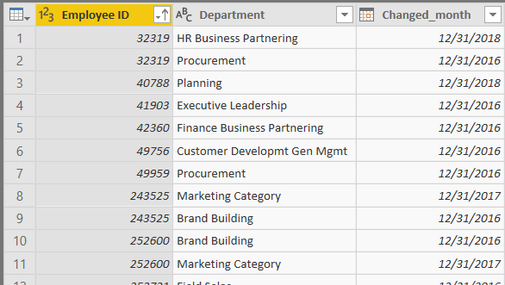- Power BI forums
- Updates
- News & Announcements
- Get Help with Power BI
- Desktop
- Service
- Report Server
- Power Query
- Mobile Apps
- Developer
- DAX Commands and Tips
- Custom Visuals Development Discussion
- Health and Life Sciences
- Power BI Spanish forums
- Translated Spanish Desktop
- Power Platform Integration - Better Together!
- Power Platform Integrations (Read-only)
- Power Platform and Dynamics 365 Integrations (Read-only)
- Training and Consulting
- Instructor Led Training
- Dashboard in a Day for Women, by Women
- Galleries
- Community Connections & How-To Videos
- COVID-19 Data Stories Gallery
- Themes Gallery
- Data Stories Gallery
- R Script Showcase
- Webinars and Video Gallery
- Quick Measures Gallery
- 2021 MSBizAppsSummit Gallery
- 2020 MSBizAppsSummit Gallery
- 2019 MSBizAppsSummit Gallery
- Events
- Ideas
- Custom Visuals Ideas
- Issues
- Issues
- Events
- Upcoming Events
- Community Blog
- Power BI Community Blog
- Custom Visuals Community Blog
- Community Support
- Community Accounts & Registration
- Using the Community
- Community Feedback
Register now to learn Fabric in free live sessions led by the best Microsoft experts. From Apr 16 to May 9, in English and Spanish.
- Power BI forums
- Forums
- Get Help with Power BI
- Desktop
- How to dynamically filter rows from a table by a n...
- Subscribe to RSS Feed
- Mark Topic as New
- Mark Topic as Read
- Float this Topic for Current User
- Bookmark
- Subscribe
- Printer Friendly Page
- Mark as New
- Bookmark
- Subscribe
- Mute
- Subscribe to RSS Feed
- Permalink
- Report Inappropriate Content
How to dynamically filter rows from a table by a non related date slicer?
I have a table of Employee ids and the day they were hired and the day they left the company. people with null termination date are still working in the company. New employee ids are appended to this table at the end of each month.
I have another table which contains the departments they have worked so far and the day they started work in that department. Here employee ids are duplicable since one's department may have changed within his tenure.
There is a date slicer in my report and using below query im able to count the employees who worked in the company for a selected period.
FTE = var withTdate = COUNTROWS(FILTER(FTE,FTE[Hire Date]<=MIN('Date'[Date]) && FTE[Leavers.Termination Date]>=MAX('Date'[Date])))


Thank you in advance for any support...
- Mark as New
- Bookmark
- Subscribe
- Mute
- Subscribe to RSS Feed
- Permalink
- Report Inappropriate Content
Hi @Anonymous ,
By my test, you need to use DISTINCTCOUNT() function. The following formula you can have a try.
I have two tables, “Function ”and “Table”. There isn’t a relationship between them.
Employee Count =
CALCULATE (
DISTINCTCOUNT ( Function[Employee ID] ),
FILTER (
Function,
Function[Hire Date] <= MIN ( 'Table'[Date].[Date] )
&& Function[Leavers.Termination Date] >= MAX ( 'Table'[Date].[Date] )
)
)
If you have any other questions, please post your expected result and your table “Date” which will make us to help you quickly.
Best Regards,
Xue Ding
If this post helps, then please consider Accept it as the solution to help the other members find it more quickly.
Xue Ding
If this post helps, then please consider Accept it as the solution to help the other members find it more quickly.
- Mark as New
- Bookmark
- Subscribe
- Mute
- Subscribe to RSS Feed
- Permalink
- Report Inappropriate Content
I re-edited my original question. hope now you can understand my requirement better.
Helpful resources

Microsoft Fabric Learn Together
Covering the world! 9:00-10:30 AM Sydney, 4:00-5:30 PM CET (Paris/Berlin), 7:00-8:30 PM Mexico City

Power BI Monthly Update - April 2024
Check out the April 2024 Power BI update to learn about new features.

| User | Count |
|---|---|
| 110 | |
| 94 | |
| 82 | |
| 66 | |
| 58 |
| User | Count |
|---|---|
| 151 | |
| 121 | |
| 104 | |
| 87 | |
| 67 |



